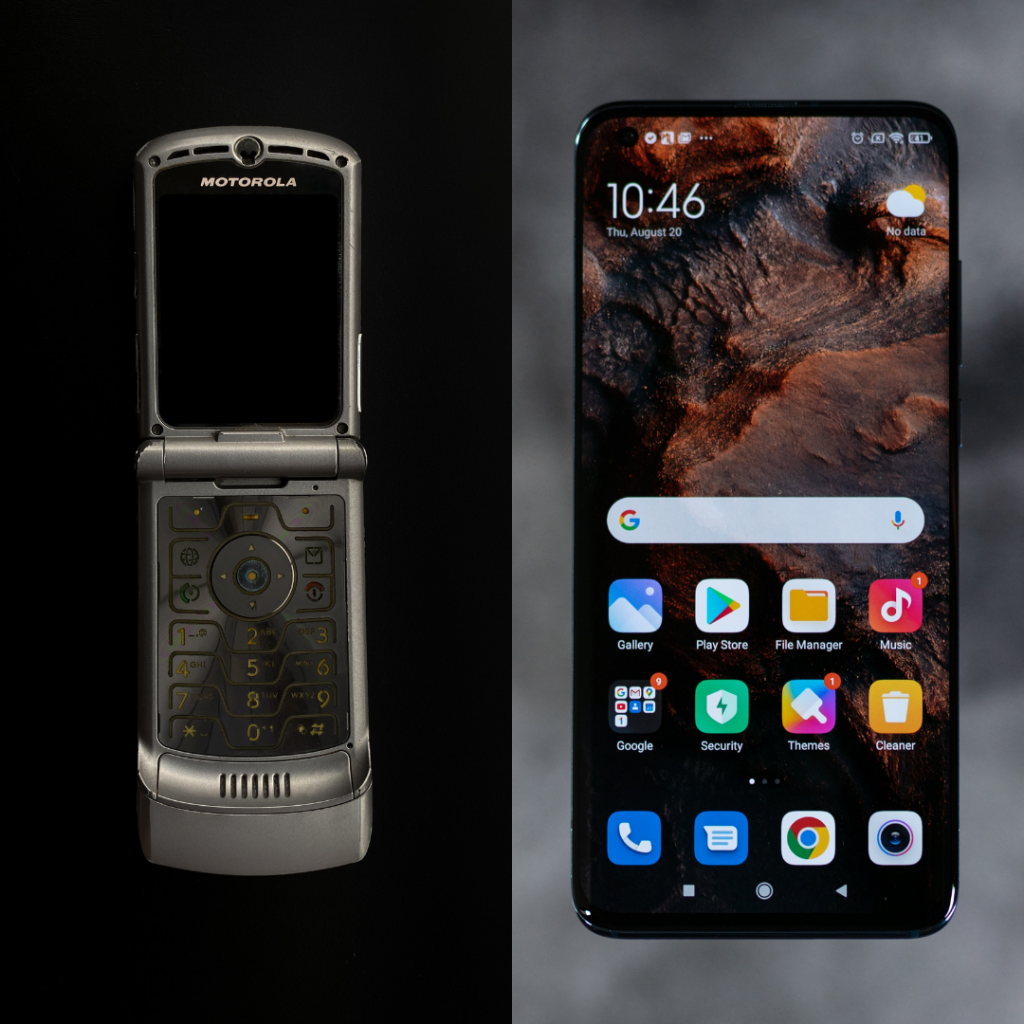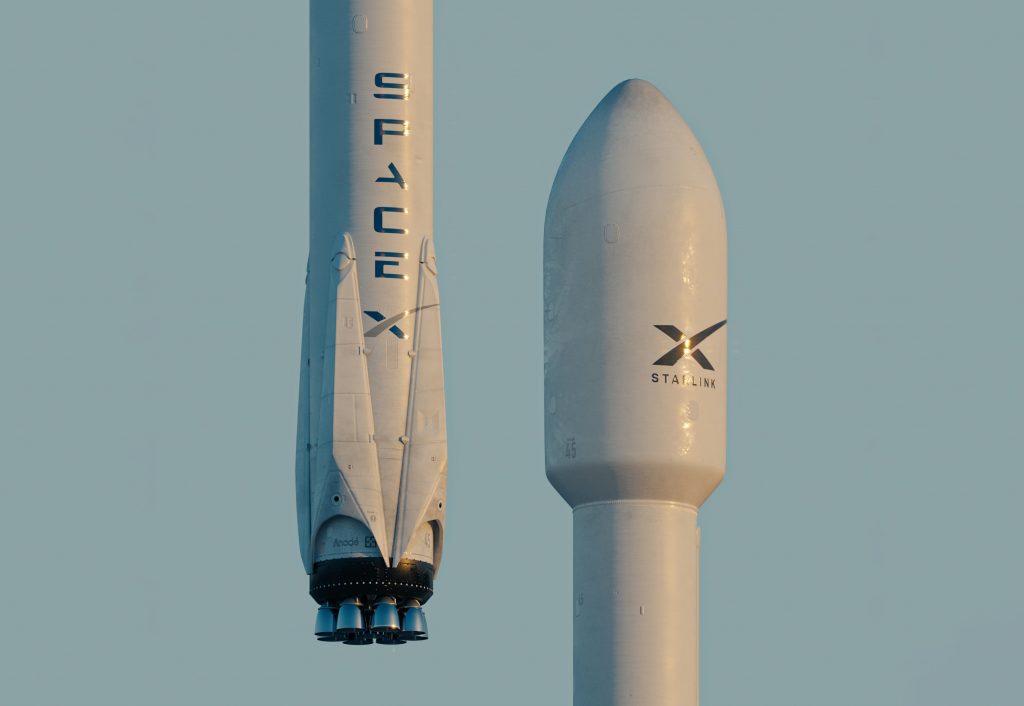It’s an undeniable truth that society is becoming increasingly mobile. The integral role that wireless connectivity plays in our day-to-day lives continually creates the need for new applications, which in turn pushes innovation forward at incredible speed. The impact this “race to test” has had on the technology surrounding cell phones is undeniable- in just a few short decades, cellular communication has gone from basic flip phones to powerful smartphones with 5G capabilities.
We all want to be connected- connected to each other, to information, and to entertainment. With a seemingly bottomless need for bandwidth in society, how can we keep up? In a recent episode of the NI Original Podcast “Testing 1,2,3” titled Speed, host Derek Burrows speaks with Jennifer Alvarez, the CEO of IT company Aurora Insights, to discuss the importance and complications of testing tech that is rapidly evolving.

“I think the innovation that will be driven by the technology advances of 5G is gonna be amazing.”
-Jennifer Alvarez, Aurora Insight CEO
5G is Not Just Consumer Focused
One of the first points emphasized in the podcast episode is that “5G is not just enhanced 4G”. Alvarez suggests instead to think of the different “G’s” as different platforms, where new applications can be built. Just as the change from 3G to 4G allowed for increased connectivity and file sharing, 5G brings new strengths to the table. Compared to previous generations, 5G has increased bandwidth and a lower frequency.
The goal of 5G is to enable high-bandwidth data communication while maintaining rapid, dependable, and low latency connectivity. However, unlike the generations that came before, 5G is not mainly focused on consumer applications. Instead, its capabilities are focused on enabling increased connectivity for machine applications.
Aurora Insight and the RF Spectrum
As Alvarez explains, Aurora Insight is first and foremost a company dealing with data. They work to measure the entire radio frequency spectrum; using their own wide ranging, incredibly sensitive, wide bandwidth / high performance sensing technology. This specialized tech is not limited to focusing on only one mobile network. In fact, the company utilizes a software based approach to test and measurement, processing the data they retrieve through the cloud. Additionally, this tech does not have to synchronize or become part of a network in order to test it, allowing it to make independent measurements of a network that are free of bias.
Aurora Insight’s software based approach makes sense when it comes to combating issues of obsolescence. Hardware that is designed for a specific application will become obsolete as soon as the technology advances and the application needs change. In short, it’s easier to rely on software to do the work on more generic hardware than it is to continually throw out test equipment.
The real world measurements of the RF spectrum collected by Aurora Insight is instrumental for telecommunication or mobile networks companies. The data can show where the connectivity gaps are- helping companies organize and plan out how to deploy new networks.
5G as a Standard-Essential Patent
In the podcast episode, Derek Burrows also spoke to Jeremy McKinney- an associate attorney with the law firm Dunlap Codding (which specializes in cases surrounding intellectual property). When asked what it means that 5G is a Standard-Essential Patent, McKinney explained that “for anyone to practice that standard, they need the technology of that patent”. This means that anyone wanting to use 5G technology will have to license the patent. To ensure that everyone seeking a license is treated fairly, the licensing must be FRAND: Fair, Reasonable, And Non-Discriminatory. While these stipulations to not make the process of innovation faster, they create safeguards to keep big companies from testing faster than smaller companies can keep up.

Where 5G is Headed
Alvarez asserts that she foresees the pace of technology innovation accelerating in coming years, noting that demand for 5G will grow along with recognition of its potential. While 5G is still a relatively newly adopted standard (with different countries in different stages of deployment), some companies are already conceptualizing 5G in space- with plans for astronomical 5G base stations. It is clear that test and collaboration are more important now than ever before, because the possibilities and applications of 5G are not slowing down any time soon.
Additional Info:







